Search Engine Optimization Strategies for ECommerce Sites
When you’ve put so much work into building your company's eCommerce website and building out a great eCommerce marketing plan, it can be extremely...
I know what I am looking for, and would like to chat.
A team of data-driven marketers obsessed with generating revenue for our clients.
Because the proof is in the pudding.
At Campaign Creators we live by three principles: Autonomy, Mastery, Purpose.
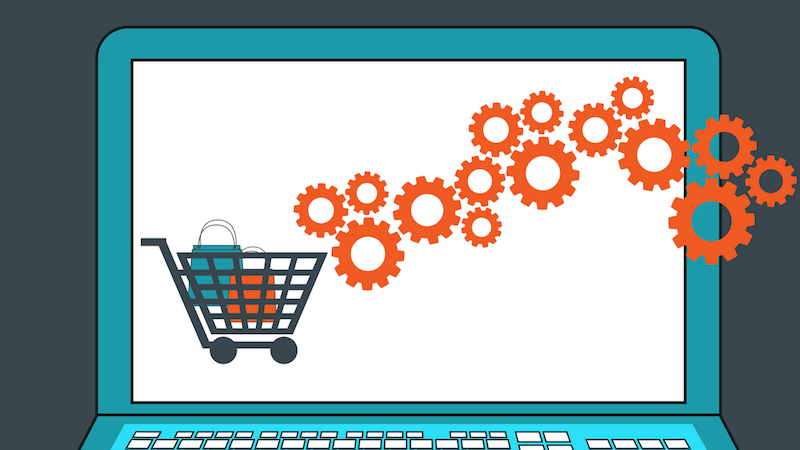
If you find yourself wondering: “What’s a good conversion rate for my eCommerce store?” then heads up: You’re asking the wrong question.
Nowadays you’ll see tons of brands creating original research that provides benchmarks, averages and best practices for conversion rate optimization. If they’ve done a good job, they’ll segment these benchmarks by industry or audience demographic information so that you actually get value from the content.
This information is useful and interesting. It makes for a great read and can definitely spark the right kinds of conversations. Perhaps you’ll notice that for eCommerce businesses in your sector, your eCommerce marketing conversion rates are higher than average. Who wouldn’t want to learn that they’re outperforming the competition?
You can absolutely use these benchmarks to guide you as you set your goals for the quarter, this year and the years to come—you have to start somewhere. But you can’t rely completely on this type of broad data to drive your eCommerce marketing or determine what’s a good conversion rate for your eCommerce store.
The reason? It has to do with a misunderstanding of Einstein’s Theory of Relativity.
But before we get into the physics of eCommerce conversion optimization, let’s level set on how we actually define eCommerce CRO. Then, we’ll figure out how to calculate your eCommerce conversion rate, what strategies and tactics you can use to optimize your eCommerce store and the tools you need for better conversion tracking.
ECommerce optimization is exactly what you’d think: It’s the practice of executing various marketing, UX, design and content changes in order to slowly but surely improve how easy it is for prospective buyers to become customers.
It starts at the top of the funnel with acquisition tactics to build your brand— like social media marketing—and travels all the way down to the bottom of the funnel, with tactics like abandoned cart emails used to increase sales.
ECommerce optimization requires a holistic view of your business and your goals in order to be effective. It also requires an understanding of relativity—that’s where Einstein comes in.
Einstein’s Theory of Relativity, simply put, states that nothing can exist or be measured in isolation. Instead, it must be measured relative to something else to make the data valid.
So isn’t that where benchmarking comes in? Yes! Most eCommerce businesses will turn to industry and competitor benchmarks to determine what a good conversion rate is relative to others.
The problem here is not the act of comparing one’s conversion rates relative to another. The problem is with how the comparison is conducted.
When asking the question “what’s a good conversion rate for my eCommerce store?” you’re actually asking a set of three questions:
Unfortunately, when eCommerce businesses ask these three questions, the benchmark data they rely on is too broad and too diverse, or alternatively too small and too much the same. The result? Wildly misleading and inaccurate conclusions that set your eCommerce store up for disaster.
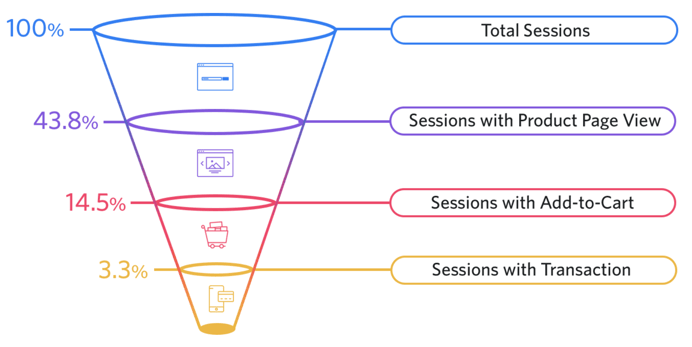 Source: Socialnomics
Source: Socialnomics
Your eCommerce conversion rate is a percentage that demonstrates how well prospective buyers (AKA your eCommerce store visitors) convert into customers (AKA make a purchase). It’s simply calculated using the following formula:

Source: SEO Nick
Now that you understand where you’re at, you can calculate exactly where you want to be.
But rather than turn this post into a math lesson on how to calculate the perfect conversion rate goal, let’s just use common sense.
To answer the questions: “How’s my eCommerce business doing?”; “What do I need to improve?”; “By how much do I need to improve?” you simply need to rephrase them so they’re grounded in reality.
Ask instead:
As you set your conversion goals and evaluate internal resources, you’ll be able to understand what your eCommerce business can do to optimize your eCommerce site for conversions. Here are three ideas and strategies to help you get started!
The success of your eCommerce business comes down to how attractive prospective buyers find your products. Therefore, you should focus most of your conversion efforts on product page optimization.
Here are some ideas:
After optimizing your product pages, the next area you should focus on is checkout page optimization. Once a visitor places a product into their online cart, you want to ensure it’s as easy as possible for that prospective buyer to complete their purchase.
Here are two conversion-focused concepts you should always include on your checkout page
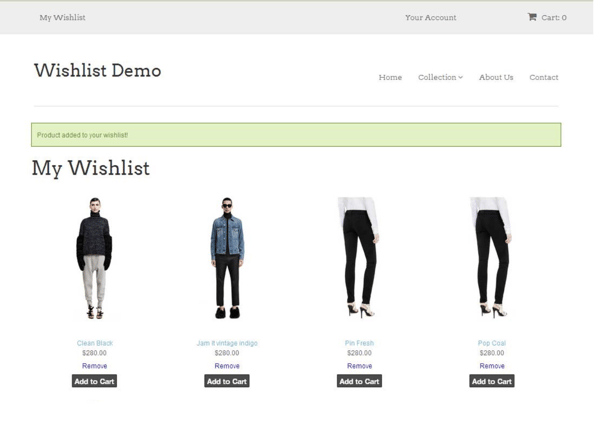
Source: Medium
Now that you’ve set your conversion goals and implemented new ways to increase conversions across your eCommerce shop, you need to make sure you’re tracking everything. That’s where eCommerce optimization tools come in.
Here are three of the tools we use at Campaign Creators when working with our eCommerce clients:
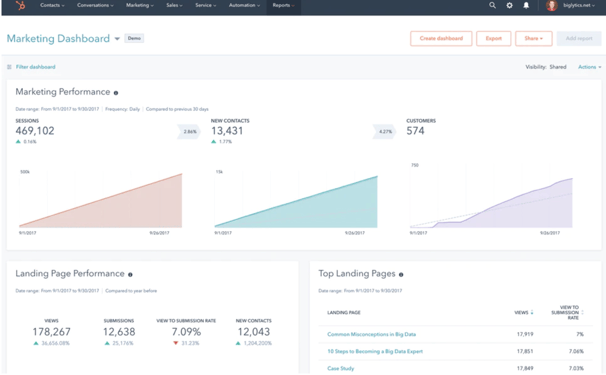 Source: HubSpot
Source: HubSpot
ECommerce conversion optimization is an area of marketing that you should not ignore. But as an area of marketing that relies heavily on real, concrete, reliable data, it’s also an area that many eCommerce businesses can get wrong.
So, make sure you’re setting goals based on varied data sources. Follow Einstein's law of relativity, but make sure the benchmarks and averages you look to are reliable (and definitely make sure they’re not the only source of data you’re using). Ask the right kind of conversion optimization questions.
From there, execute a series of conversion changes to your store. Prioritize the optimization of your product and checkout pages, and make moves towards become a mobile-first business by building a mobile app. Then, implement the right conversion tracking tools to make sure you’re constantly evaluating your efforts, and pivoting when necessary.
Conversion rate optimization (CRO) is not an easy process, especially for eCommerce brands.
But when you get it right, the results are powerful.
That's why we created this brand new guide How To Implement An ECommerce CRO Process That Drives Sustainable Revenue. Download your free guide to learn how to implement an effective eCommerce CRO process in 8 steps.
Our process has helped an eCommerce brand increase their conversion by 227% in just 5 months. If they can do it, so can you.
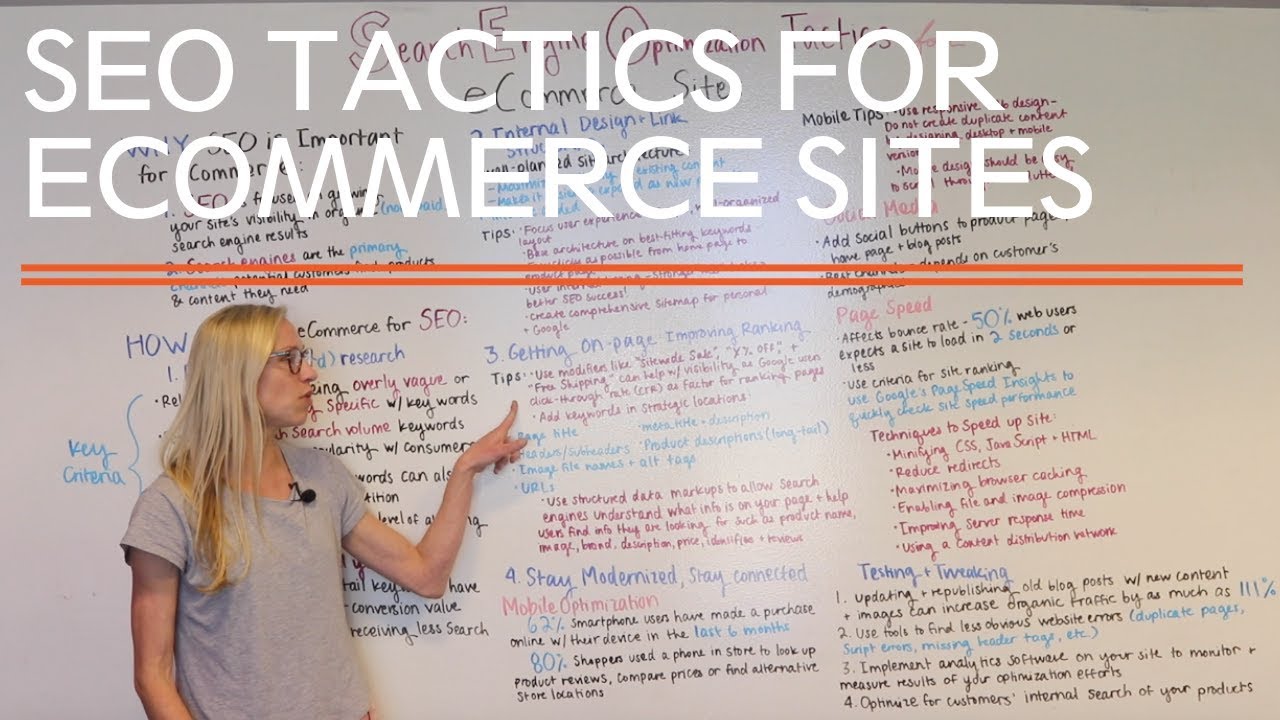
When you’ve put so much work into building your company's eCommerce website and building out a great eCommerce marketing plan, it can be extremely...

Conversion rate optimization (CRO) is vital for the growth and success of any eCommerce business in today’s competitive online marketplace. With top...

Third party sites for eCommerce businesses come in all shapes and sizes; all with different benefits, functions and features. Between suppliers,...